Right from the outset of our relationship, cooking has been my husband’s love language. The first dish he ever cooked for me was coq au vin (chicken braised in wine) over the small stove of an Airbnb in Nice. Not only was it one of the best meals I’d ever had, it laid the blueprints of our future stay-at-home dates, with him cooking and me eating. Since then, his cooking repertoire has expanded to include many other French and, when he feels particularly daring, Indian dishes.
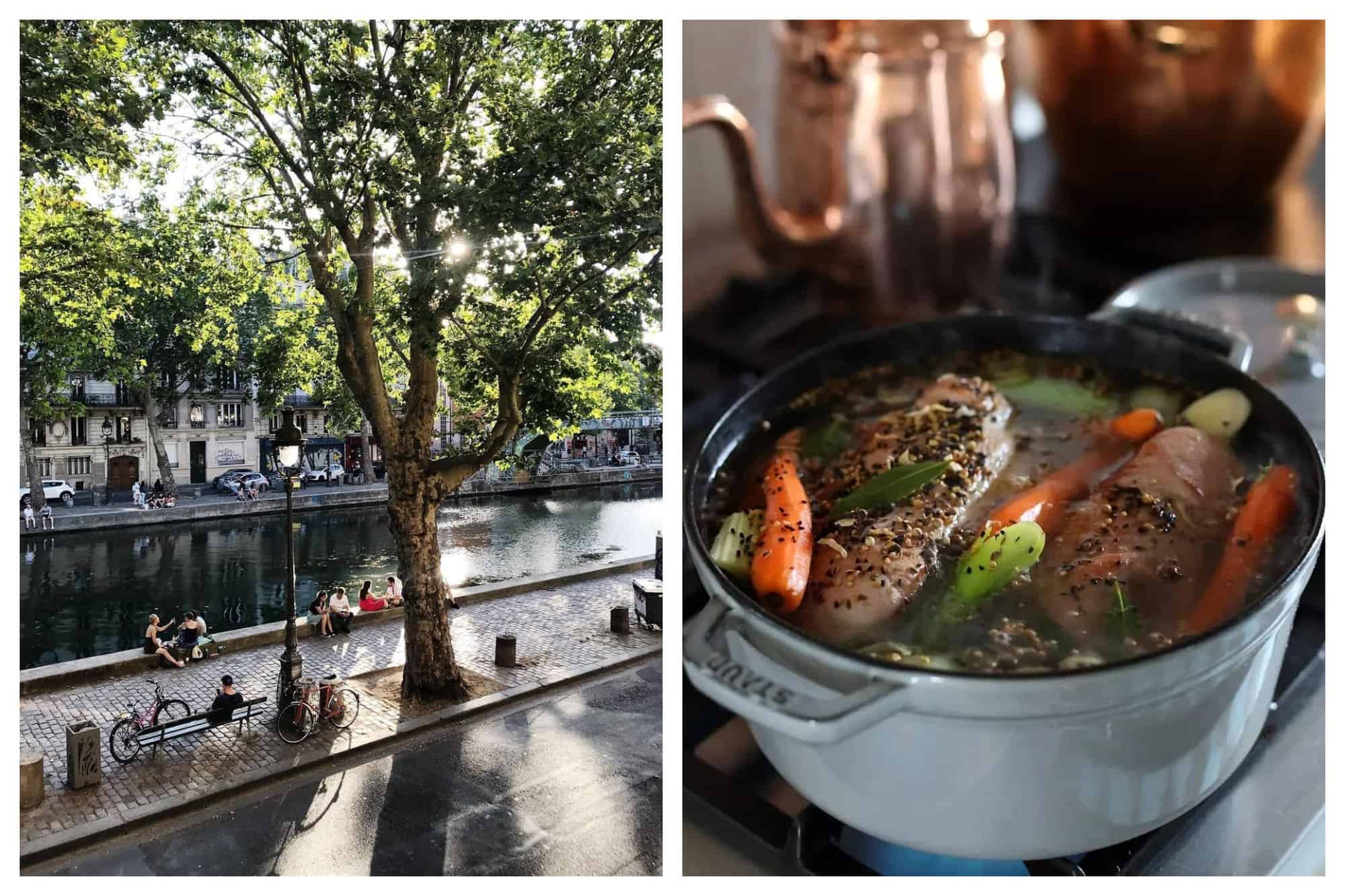
Above: Canal Saint-Martin by @lostncheeseland / Jarret de porc by @cat_in_france
As someone who enjoys cooking as much as eating, I have spent a lot of time watching him cook, usually because I would be in the background providing the running commentary and entertainment (he might debate this point). As an Indian, some of the typical French cooking techniques and ingredients he uses on a daily basis have been a revelation for me. Below are a few of these French kitchen habits that surprised me and which I have now learned to embrace wholeheartedly.

Who is afraid of lard? Not the French!
Fat is by no means something that is used specifically by the French, but it is the quantity of said fat that is consumed here generally that stumped me. The secret ingredient for many tasty French dishes turns out to be, you guessed it, fat. Whether it is fries cooked in duck fat, the liberal chunks of salted butter in jambon beurre, the creamy goodness of sablés au beurre (butter cookies) or even eating just cheese with side-dishes for dinner (like raclette, mont d’or, or camembert): in France, butter, oil or grease are used liberally, not as a means to an end, but sometimes as the end in themself.
I have come to learn that many French households have a jar of rendered fat from a particularly juicy piece of duck, goose or chicken, in their fridge. In my husband’s case, he guards his lardon with the particular fervent enthusiasm only the French have when it comes to food. I might have made the mistake of accidentally throwing it out once or twice in the beginning, but suffice to say, I won’t ever do that again.
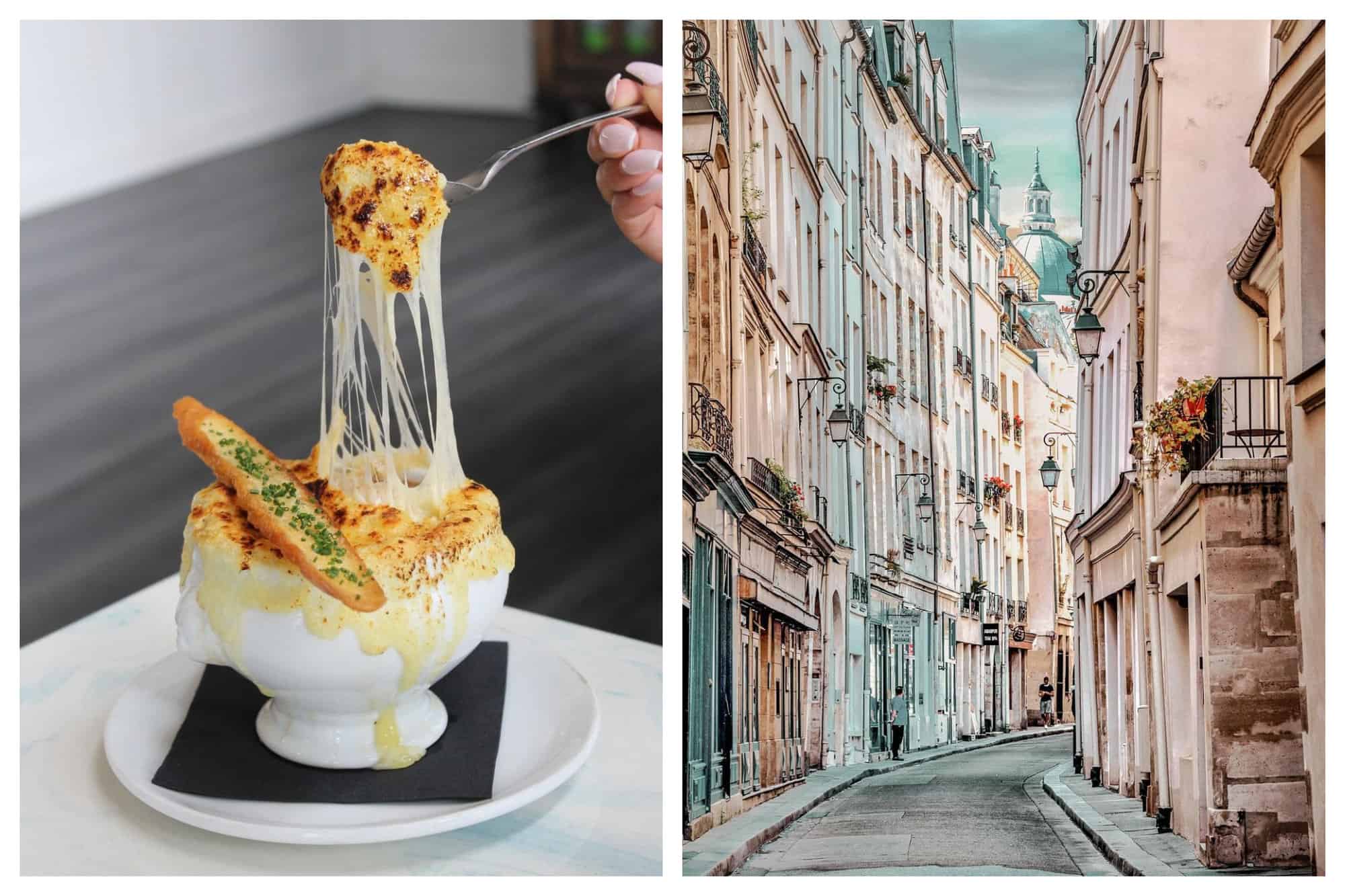
Bouillon cubes are the ultimate kitchen hack
Bouillon cubes are dehydrated and compressed meat or vegetable stock which can be added to flavor sauces, broths, and basically anything to uplift any dish that could use some umami. The invention of bouillon cubes was groundbreaking for the food industry. It is however still unclear if it was the French, the British or the Swiss who first invented it.
These cubes are an integral part of French cooking and they are the ultimate cheat for cooking something that tastes like the flavors might have taken hours to develop, but actually comes from a tiny square of powdered stock. There are still dishes that my husband would use only homemade stock for, like his famed soupe à l’oignon or French onion soup, but the cubes are perfect for preparing delicious foods on a short notice.
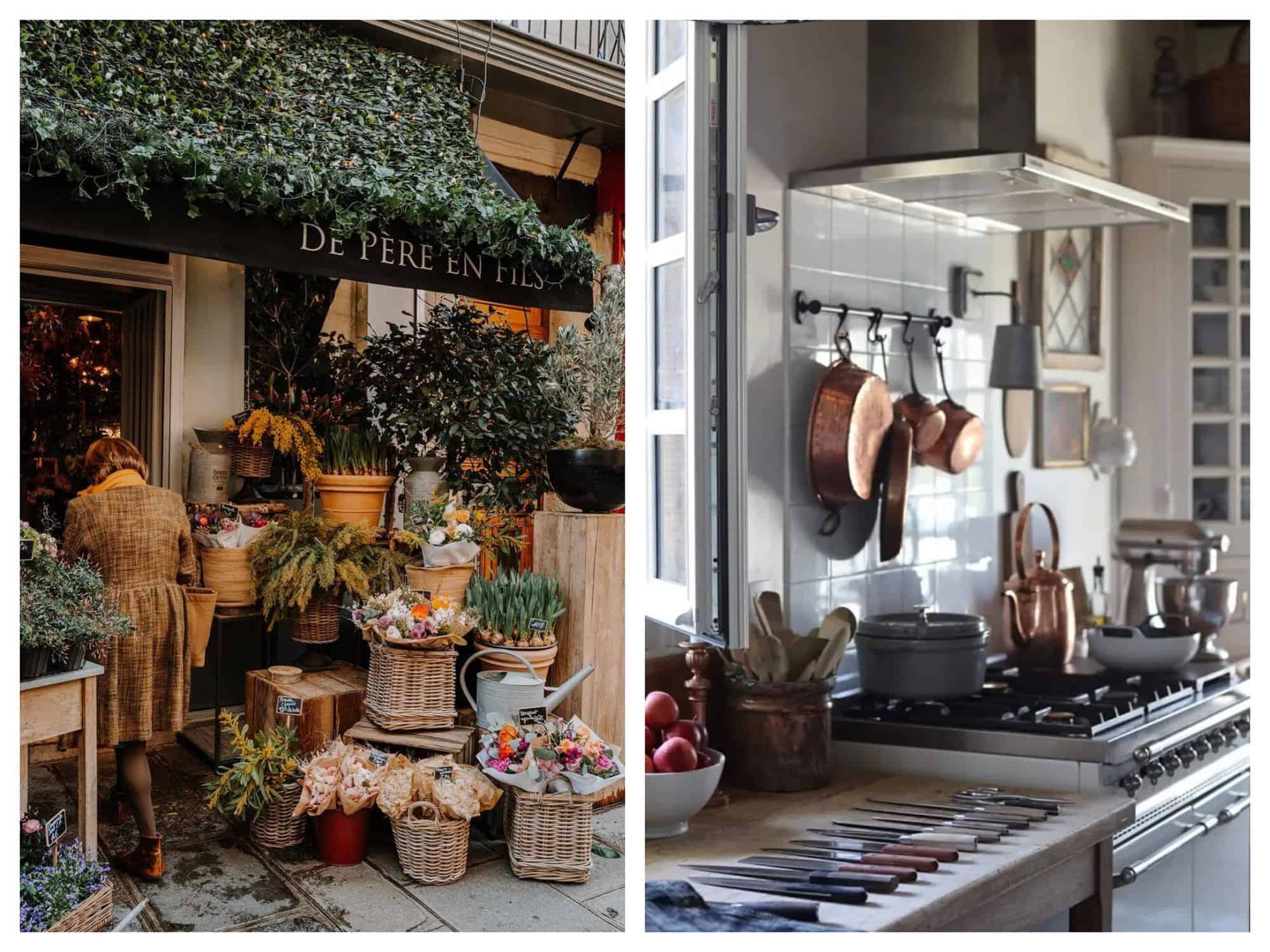
With roux, you will never have a weak sauce again
Whether it is a pie, a tart, a lasagna or a sauce, there is nothing that the humble roux cannot improve. It is a mix of flour with a variety of fat, usually butter, which can be cooked to varying degrees to produce the kind of consistency you desire, according to what you would be using it for.
As someone quite unfamiliar with French cooking, I was incredibly impressed the first time my husband whipped it up. I even requested him to make it from my parents on our next trip to India. The shine has since worn off, as I have realized that most people familiar with the basics of cooking can whip it up. But nevertheless, it makes me feel like a fine French chef every time I successfully manage to make one.

Seasonal produce only
My husband refuses to eat anything that is out of season, no matter how abundant it may be at the supermarket. Though annoyed at first, I too am now a convert to this seasonal approach to eating. You can find the same variation in many French restaurants who change their menus seasonally.
One exception to this is tomatoes, which in our household, are one of the most eaten vegetables. According to my husband, there is only one way to eat off-season tomatoes: canned. Coming from a culture where fresh food is prioritized above every other kind of food, it seemed extremely counter-intuitive to me to choose canned tomatoes over fresh ones. But after much research about canning techniques and the opinions of imminent chefs, the expert verdict actually concurs with my husband! So, when in doubt, good canned tomatoes are a better alternative to offseason tasteless ones.
Just like I have come to appreciate and incorporate these French kitchen habits in my life, my husband has done the same with typical Indian cooking habits, including learning to make masalas (spice mix) from scratch, picking up hacks to make soft rotis (Indian flatbread) or perfecting his chai (boiled milky tea)! Being from two different but equally rich culinary traditions, we are grateful to be creating a home where both cultures can live and breathe in harmony.
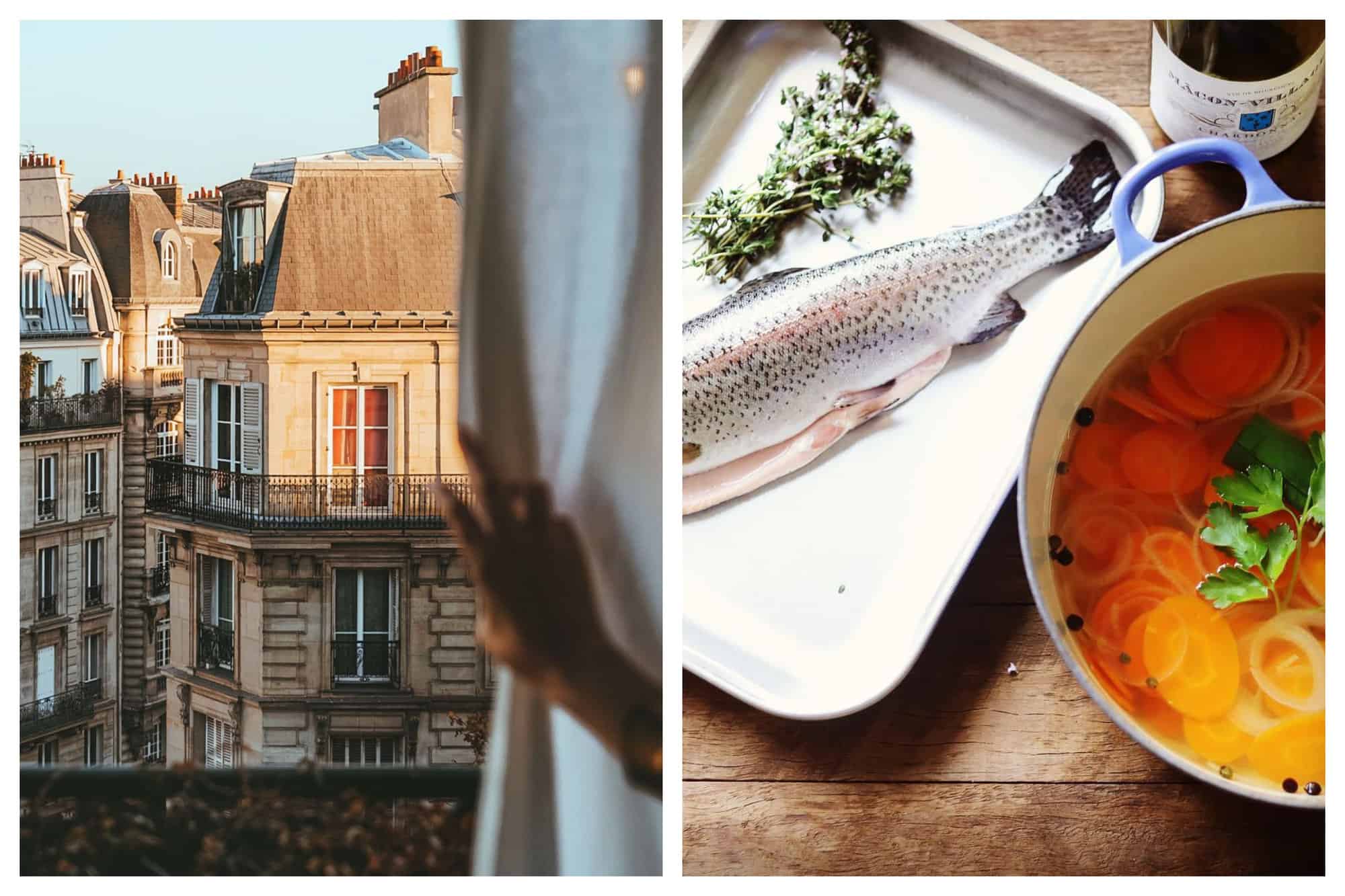
Related Links
- Are you looking for the perfect French cooking accessory?
- Need somewhere to stay in Paris for your next trip? Check out these rentals.
- To perfect your French cooking skills, click here

Written by Pronoti Baglary for HiP Paris. Looking to travel? Check out Plum Guide and our Marketplace for fabulous vacation rentals in Paris, France or Italy. Looking to rent long or short term, or buy in France? Ask us! We can connect you to our trusted providers for amazing service and rates or click here. Looking to bring France home to you or to learn online or in person? Check out our marketplace shop and experiences.

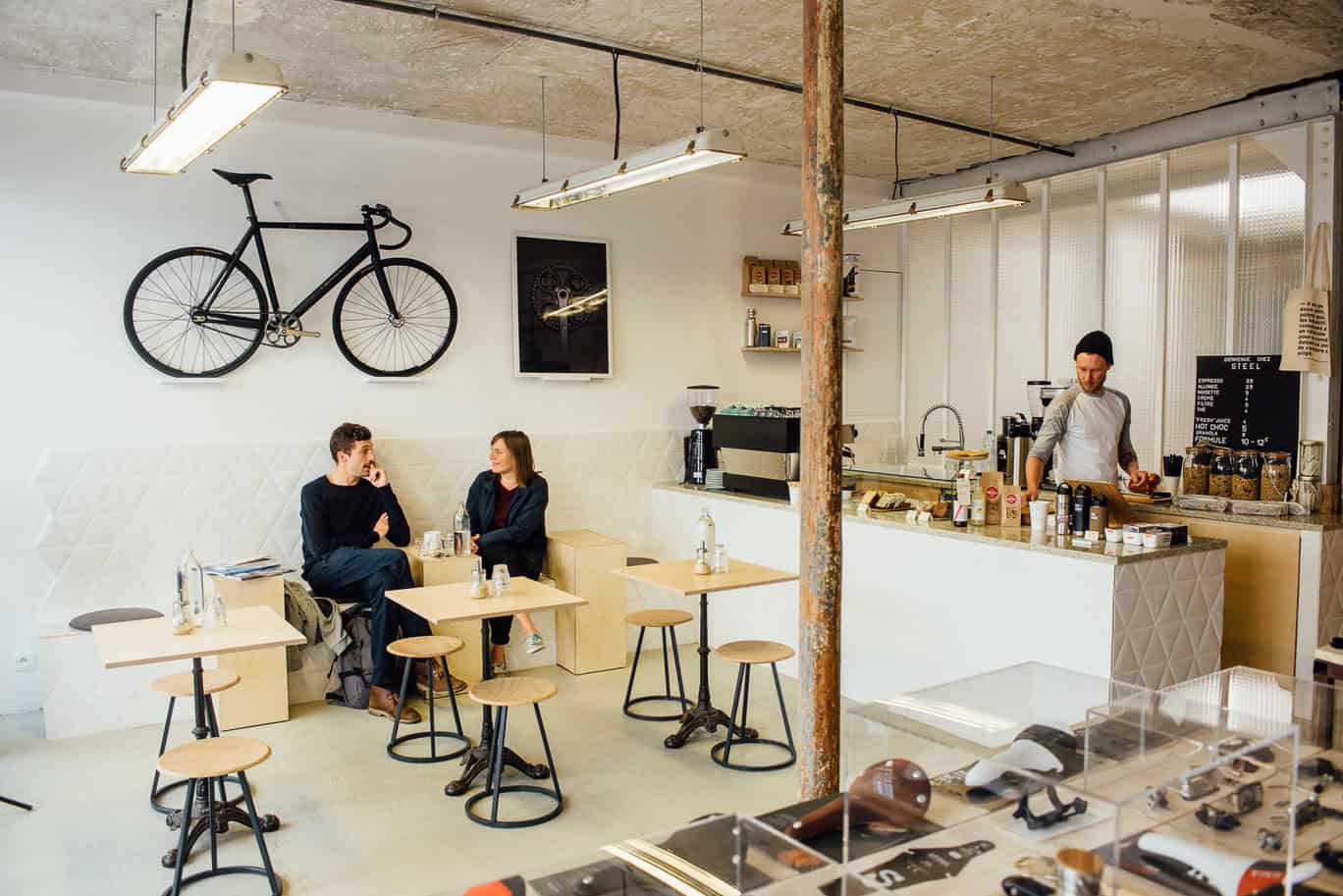

RELATED ARTICLES
HiP Paris Internship: Join Us!
by
Ali Postma
Paris in May: Things to Do, Weather, Culture, Sports & More
by
Reagan O’Brien
Rude or Simply French? Debunking the Cultural Clichés
by
Lisa Czarina Michaud
Jane Bertch, “The French Ingredient”: 10 Lessons I Learned Making a Life and Starting a Cooking School in Paris
by
Kathryn Kinley
Restaurants Near the Louvre
by
Lily Heise
A Walk Through the Heart of Paris
by
Yvonne Hazelton
French Streaming: 11 TV Series to Watch Now
by
HiP Paris
What to do in Paris in April: Events, Warmer weather, Gardens and More
by
Reagan O’Brien
Where to Eat Near the Eiffel Tower
by
Lily Heise
French Dining Etiquette: Restaurant Dining Like a Local
by
Tory Hoen
Moving to Paris Alone: Single in the City
by
Candice Johnson
Answering the Inevitable: “So, Are You Totally Fluent in French Now?”
by
Tory Hoen
I Know I’m in Paris When…
by
Claire Oldman
Parenting Like a Parisian: 4 Lessons From French Parents
by
Paige Bradley Frost
A Single’s Guide to Surviving Paris on Valentine’s Day: 6 Ways to Celebrate
by
Jessica Johnston
La Chandeleur: The Best Crêpes in Paris
by
Ali Postma
It’s True Because They Say So: 7 French Cultural Rules to Live By
by
Tory Hoen
Negotiating à la Française: The Meaning of Non
by
Sylvia Sabes
Galeries Lafayette Gourmet: 7 Casual Restaurants from Celebrated Chefs in Paris
by
Pronoti Baglary
The M Word: From Mademoiselle to Madame in France
by
Darlene Lim